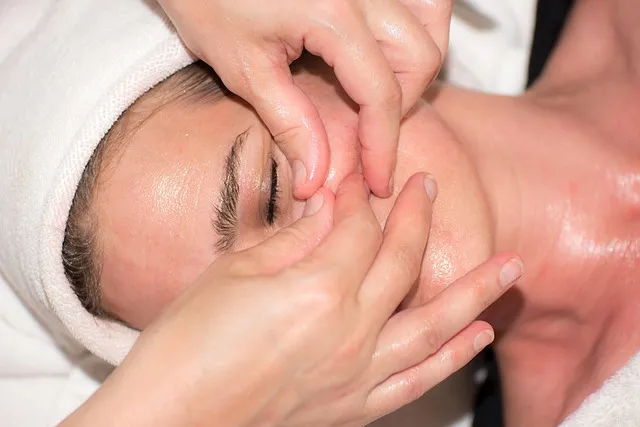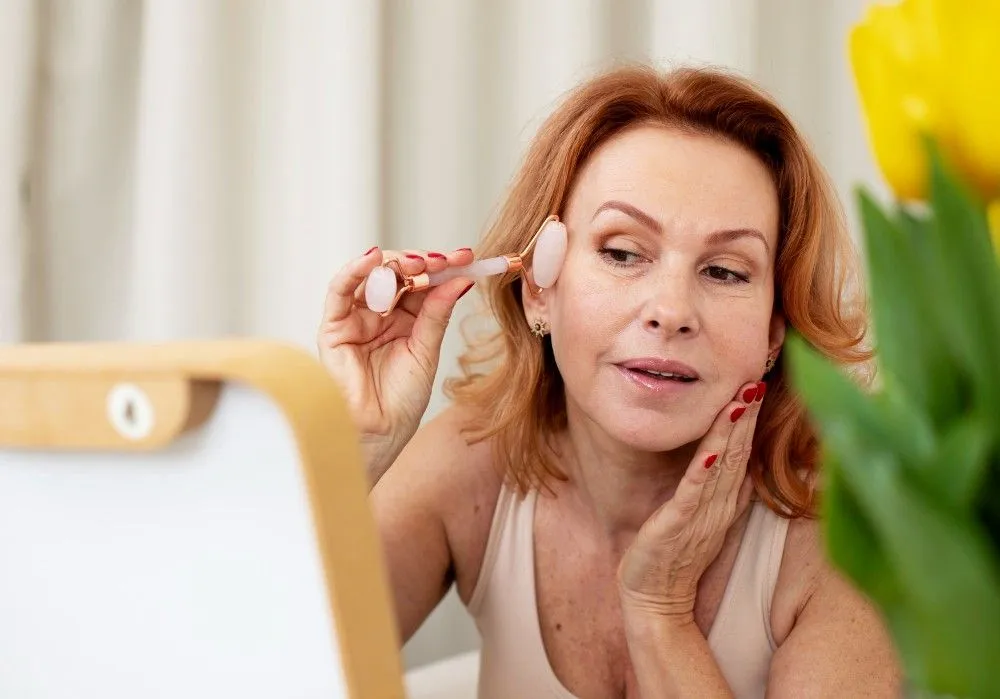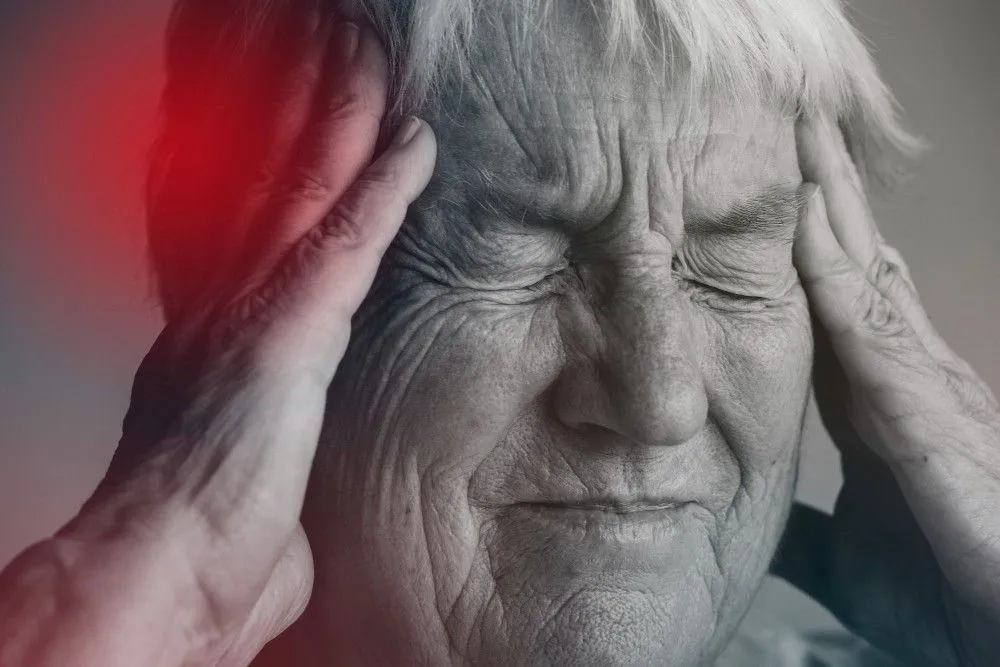Wrinkles are folds or creases in the skin which appear primarily because of aging, skin damage, and repetitive facial movements & expressions. With age, the skin loses its tone & elasticity, and becomes thin & dry, resulting in wrinkled skin.
Botox, a purified form of Botulinum Toxin A, helps in reducing and softening appearance of such wrinkles.
It temporarily relaxes facial muscles by blocking nerves that contract these muscles. Since the muscles cannot contract or tighten anymore, the skin appears smoother. However, the results are not permanent and may require repetitive doses of Botox Injections.
Reasons to get Botox Treatment
Botox helps in temporarily reducing or erasing the following types of wrinkles:
- Vertical Frown lines in the middle of the Forehead
- Wrinkles around the eyes, known as, Crow's Feet
- Horizontal Lines on the Forehead
- Lines on the Neck
Specialist
One should consult a Dermatologist or a Plastic Surgeon for Botox treatment.
Consultation
During the consultation, the doctor will require information whether the patient, has in the past, or is currently consuming medicines or drugs, such as Botulinum Toxin, blood thinners, sleeping aids, muscle relaxants, & allergy medications. The doctor will also need to know if the patient has any Skin Infection, Muscle Weakness at the forehead, previous surgery on the face, or any other Muscle or Nerve Disorder.
Procedure
The procedure involves using a thin and fine needle to inject small amounts of Botox directly into the wrinkles. The number of injections required depends upon the extent of the wrinkled skin. Before starting the procedure, the doctor may numb the area by injecting a numbing medication or by applying the cream, ice, or topical anesthesia. After the procedure, the patient can immediately resume normal activities.
Known Complications
Like other injections, Botox Injections may impose slight pain, especially while treating the area between the eyebrows. The other common short-lived side effects are as follows:
- Swelling or Bruising at the injection site
- Headache
- Symptoms of Flu
- Drooping Eyelids
- Cock-eyed Eyebrows
- Dry Mouth
- Dry Eyes
Although very rare, Botox may affect other parts of the body, and patient may suffer from the following disorders:
- Problems in Speaking or Swallowing
- Muscle Weakness
- Trouble Breathing
- Loss of Bladder Control
- Double Vision, Blurred Vision, or Decreased Eyesight
- Precautions
Patients should undertake the following precautions before and after the Botox treatment:
- Pregnant, breastfeeding, and those who have plans to become pregnant,should avoid undergoing Botox treatment.
- Patients with Neurological Disorders should also avoid Botox treatment.
- Avoid intake of alcohol one week before the treatment.
- After the procedure, the patient should avoid rubbing or massaging the treated area.
- Patients should only consult an experienced Dermatologist or Plastic Surgeon.
- Frozen Face Look
Botox, when injected in large quantities, may result in a Frozen Face Look, wherein the forehead doesn't move, even if the patient laughs or cries. However, if performed by an experienced specialist and when injected in tiny amounts, Botox treatment delivers a fresh and young look to the face.
Longevity and Frequency of having Botox Treatment
Botox Injections start working a few days after the treatment. Depending upon the extent of wrinkles, the effect of the treatment may last from three months to six months. Initially, the patient may opt for injections once every four months, followed by a dose of Botox once in every six to twelve months.

Reviewed by







